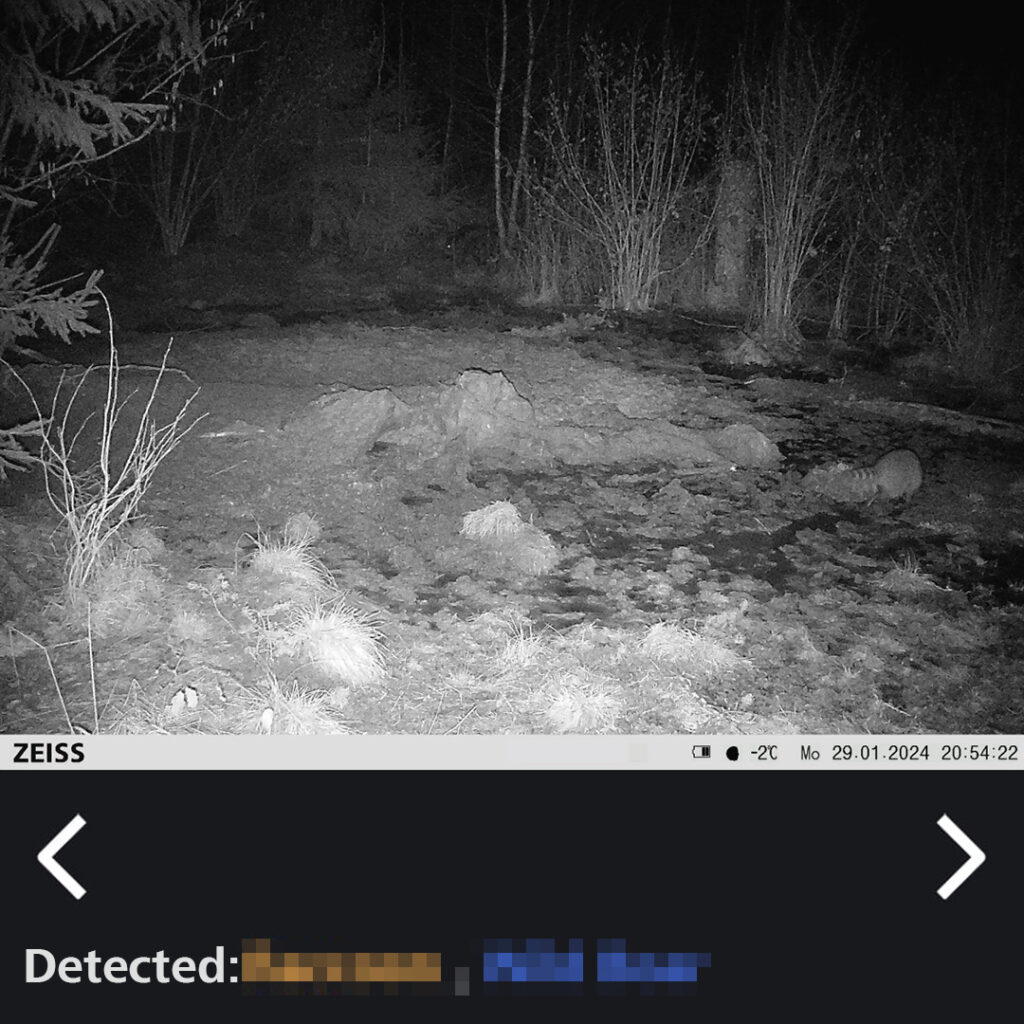A discussion with ZEISS experts about algorithms, data protection and the future of hunting.
Artificial intelligence is no longer a dream of the future, but is now part of our everyday lives. Whether it’s ChatGPT, voice assistance systems or now even in the middle of the forest. Trail cameras, such as the recently introduced ZEISS Secacam 5 & 7, have become indispensable hunting equipment. They provide insights into the habitats and populations of wild animals, enabling efficient monitoring of hunting grounds. But one function stands out in particular: The ZEISS AI animal recognition.
In an interview with Benedikt Hartmann (Head of Innovation and Project Owner), Dr. Dennis Thom (Machine Learning Research Scientist) and Najma Begum (Lead Developer Machine Learning Solutions), we discover what is behind this innovation and why this technology is laying a crucial foundation for the future of hunting.
ZEISS: At first glance, AI may seem out of place in the middle of the forest, but with the new AI-based ZEISS animal recognition, this is exactly what is happening. Benedikt, as the Project Owner, you understand the needs of our hunters in detail. Can you briefly explain to us what is behind the AI animal recognition of the ZEISS trail cameras?
Benedikt: Our AI animal recognition is an innovative solution that makes it possible to automatically detect and identify animals in images from trail cameras. We use machine learning and image processing algorithms and can therefore analyze within a few seconds whether wild animals can be seen in an image and what species they are.
ZEISS: When can AI animal recognition be particularly helpful?
Benedikt: Animal recognition is particularly useful for images where it is not immediately clear whether there is an animal in the picture at all, for example if it is hidden behind a bush or in the darker areas of a night shot. As the AI also works reliably even with images showing different animal species, hunters can filter their image gallery according to relevant information and thus monitor their hunting grounds.



Would you have spotted the wild boar in front of the camera?
ZEISS: Dennis, as a Machine Learning Research Scientist, you are responsible for developing and optimizing the AI algorithms. How does AI animal recognition work?
Dennis: Our animal recognition is based on deep learning. We have collected training data from various places relevant to hunting, such as high seats or game crossings, and had them analyzed and annotated by hunters. Our AI algorithms are trained to detect different animal species in images and recognize them based on their characteristics, such as size, shape or coat colors. Through continuous training with a large number of images, we can improve the accuracy and reliability of recognition.
ZEISS: That sounds like an incredible amount of data to process. Najma, how can that work?
Najma: We have designed and built our own cloud infrastructure, which is precisely tailored to the needs and challenges of animal recognition. The use of cloud computing enables us to process large volumes of images quickly and return the results to users within seconds. Data protection is a key aspect here. The solution is highly secure, and all data is stored in datacenters in the EU and is therefore subject to strict EU data protection regulations.
ZEISS: What AI is already able to do today sounds really fascinating. What else can come? How do you see the future of hunting?
Benedikt: The AI-based animal recognition of the ZEISS Secacam is a very good example of the useful application of artificial intelligence. It enables hunters to improve their wildlife management by obtaining more precise data about the animal populations in their hunting grounds. We are working on continuously improving our solution, for example by adding new animal species and extracting further relevant information from the image. The aim is to develop a data-based dashboard that helps hunters to plan their hunt better. This will make their hunt even more successful.
Dennis: ZEISS invests tremendously in research and development. This enables us to create the necessary conditions to continue working on such innovations. And allows us to make our AI models even more precise and provide hunters with even more comprehensive information.